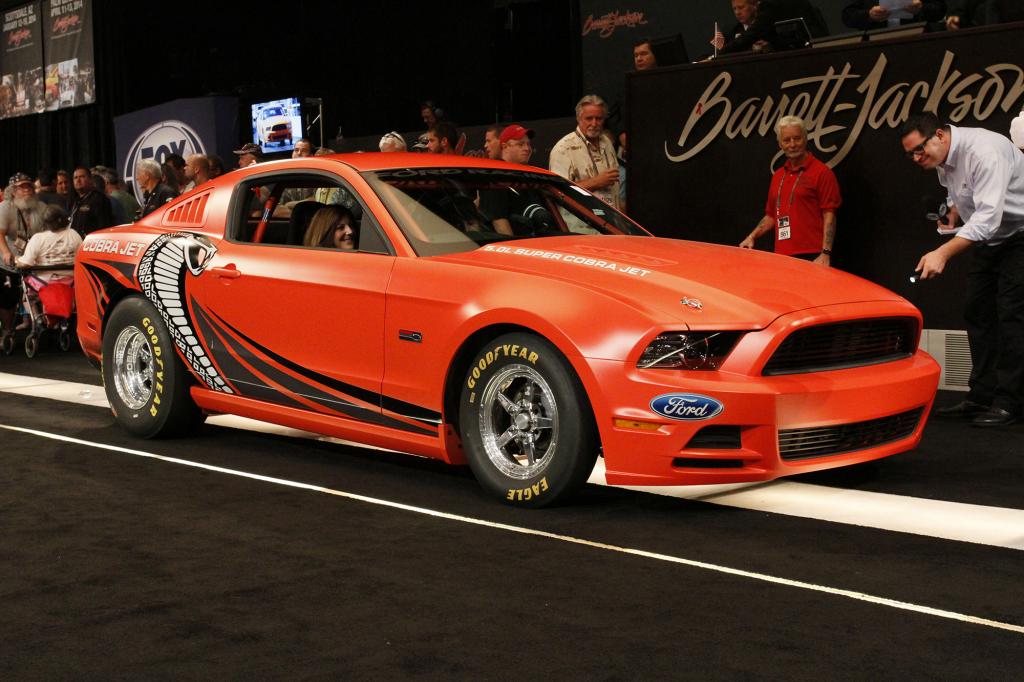As car manufacturers increasingly turn to the controversial concept of subscription services, vehicle connectivity expert VNC Automotive questions whether consumers are as against the idea of subscribing to vehicle features as many believe.
Consumers are no stranger to the subscription model, now firmly a part of daily life for many, with millions of people regularly paying to use services such as Netflix, Amazon Prime and Spotify, as well as subscribing to deliveries of groceries. This familiarity may smooth the transition for manufacturers as they look to recreate that model inside their vehicles.
Rather than paying for an expensive option at the point of sale, there’s the potential for customers to switch on or deactivate options according to their needs and budget. For instance,it’s likely that heated seats won’t be necessary in summer months but could be activated for winter driving or simply as and when required for seasonal road trips.
There’s an obvious tension between OEMs wanting to maximise their revenue, and customers wanting to use the hardware that’s already fitted to their vehicles. But the subscription model could offer a personalised and dynamic driving experience, assuming OEMs streamline the payment structure beyond ‘dumb’ annual fees.
Modern vehicles aren’t visiting the dealership as frequently as OEMs would like, thanks to longer service intervals. But regular software updates offered by OEMs could be billed as ‘digital valets’, enhancing existing features and adding new ones. Such ‘refreshes’ ought to strengthen the relationship between OEMs and used vehicle owners.
Subscription features also make the car more configurable for subsequent owners, allowing them to specify features as they would with a new car but without the associated high purchase price of a factory-fresh vehicle.
Additionally, customers switching between vehicles could have their subscribed features move with them, with options activated according to each driver’s subscription package. These packages represent an opportunity for OEMs to ‘lock in’ customers to a personalised subscription ecosystem, encouraging brand loyalty.
Citing flexibility, customer engagement and future upgradeability, Peter Galek, Product Engineering Director at VNC Automotive, sees a future for subscriptions. “Exciting new features or upgrades for a vehicle are a strong incentive for traditional vehicle users to subscribe. Such models give OEMs the best chance of marketing more features over the vehicle’s lifetime,” says Galek.
Meanwhile, new figures from YouGov show customers are more tolerant and accepting of rented vehicle access. Three in ten (30%) of Brits and Americans agree with the statement: “I don’t want to be locked into owning a car because my needs may change.”[1]
The same survey shows a shift towards acceptance of car subscription models such as ‘Care by Volvo which allows users to choose vehicles according to their lifestyle requirements. Younger drivers are tending to shun the ownership model, seeing vehicles as a transient commodity – it is the experience which counts, not the ownership. The same is true of recorded media such as CDs and DVDs – millennials tend to prefer the flexibility and freedom offered by streaming services.
“Witness the monumental shift in the entertainment industry for streaming music and movies. Short-term leases and shared car ownership schemes like Zipcar and Co-Wheels versus having a car sat in the driveway show customers are open to the idea of subscriptions,” suggests Agustin Almansi, Sales Engineering Director at VNC Automotive.
“It’s clear to see that convenience and choice are key drivers behind a subscription model for certain vehicle features and, if such a move does deliver the flexibility that customers increasingly expect in everyday life, there’s a very strong case that such an approach will become the norm rather than the exception.”







